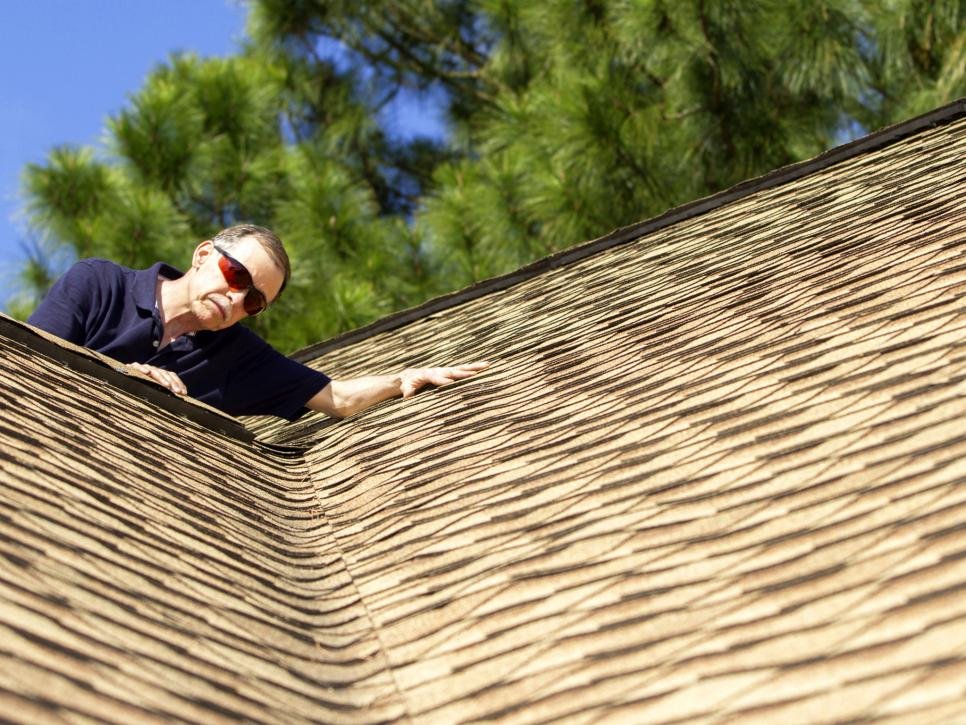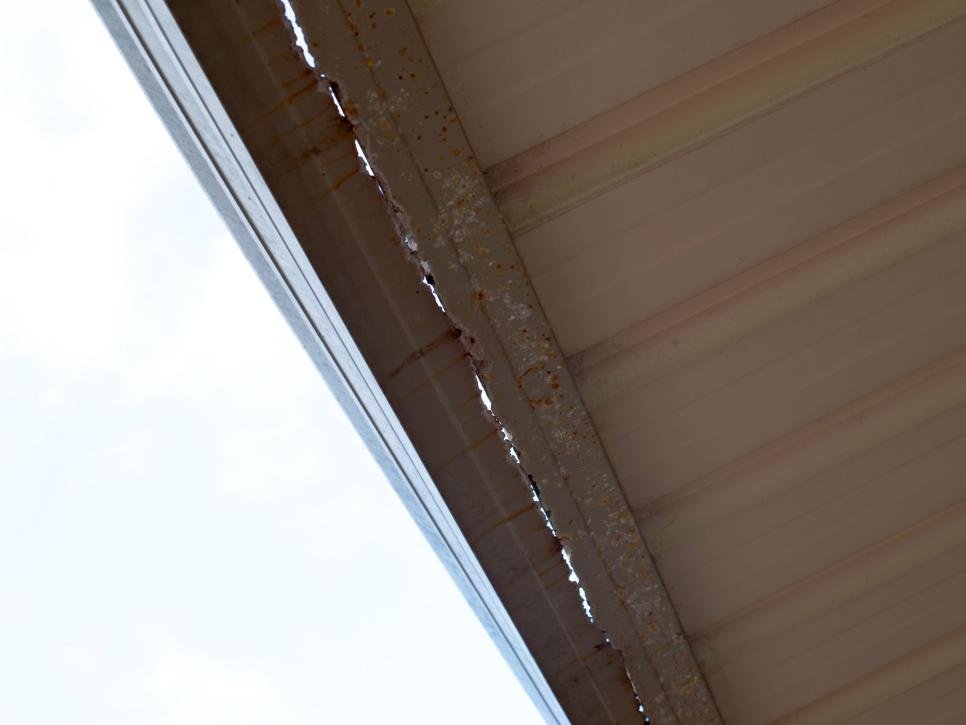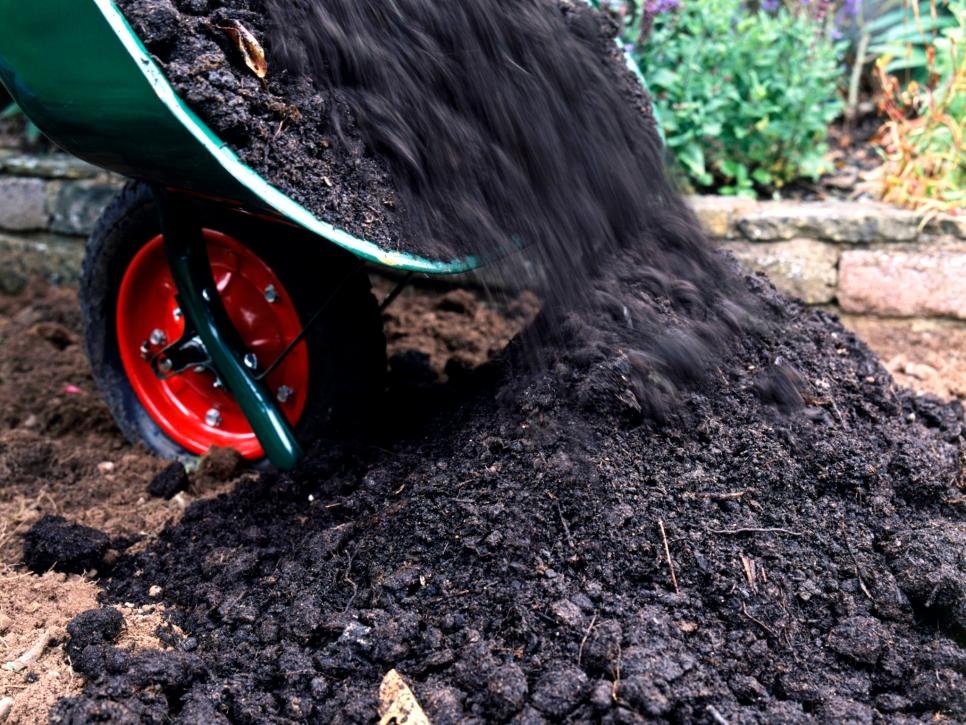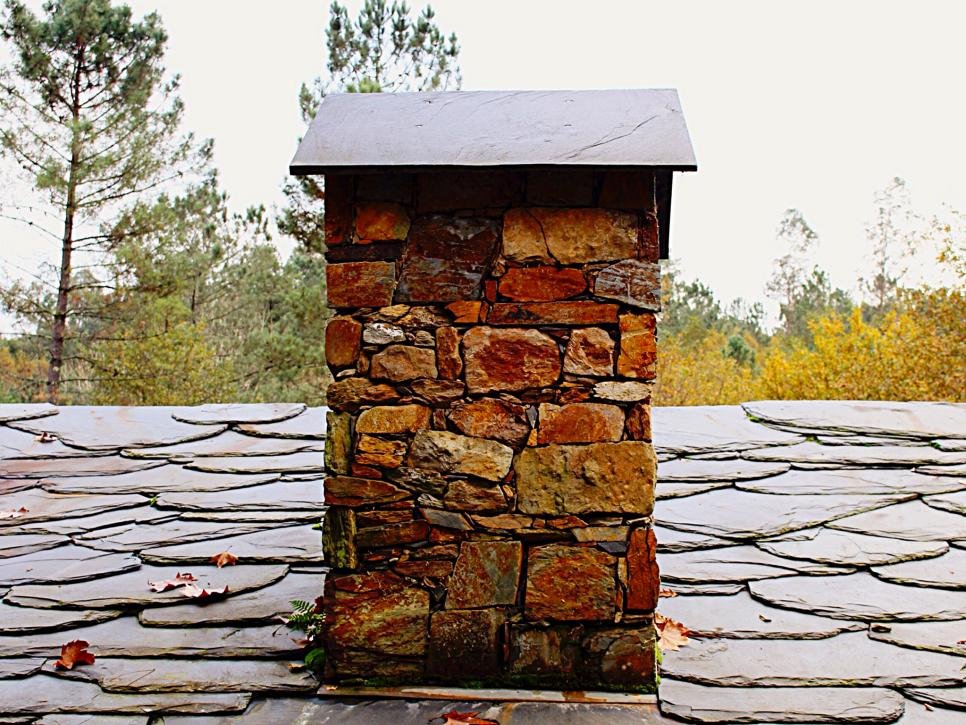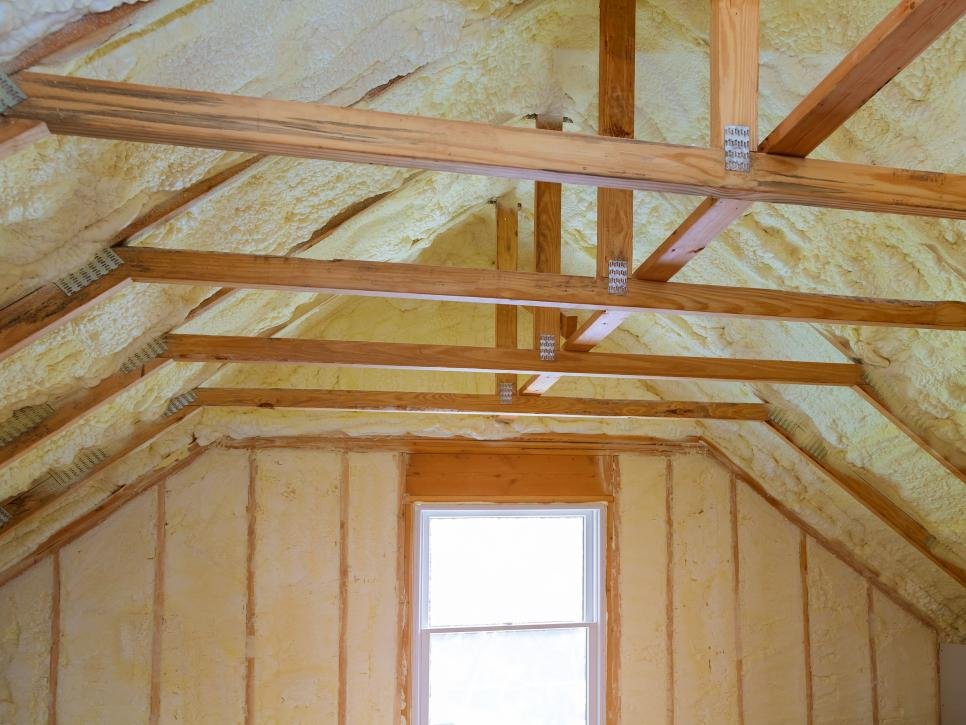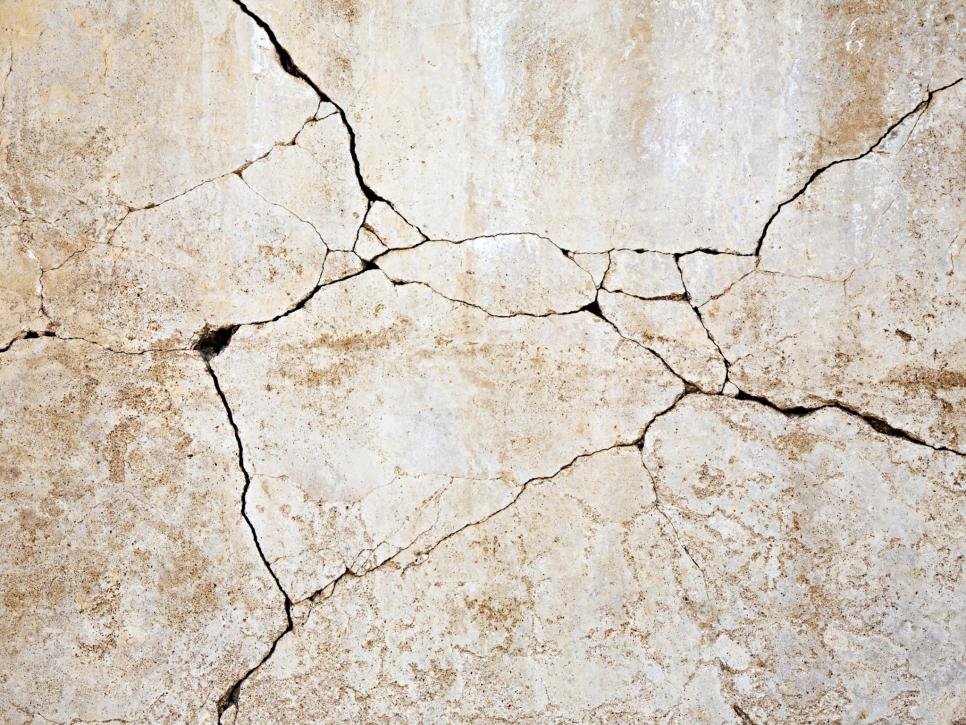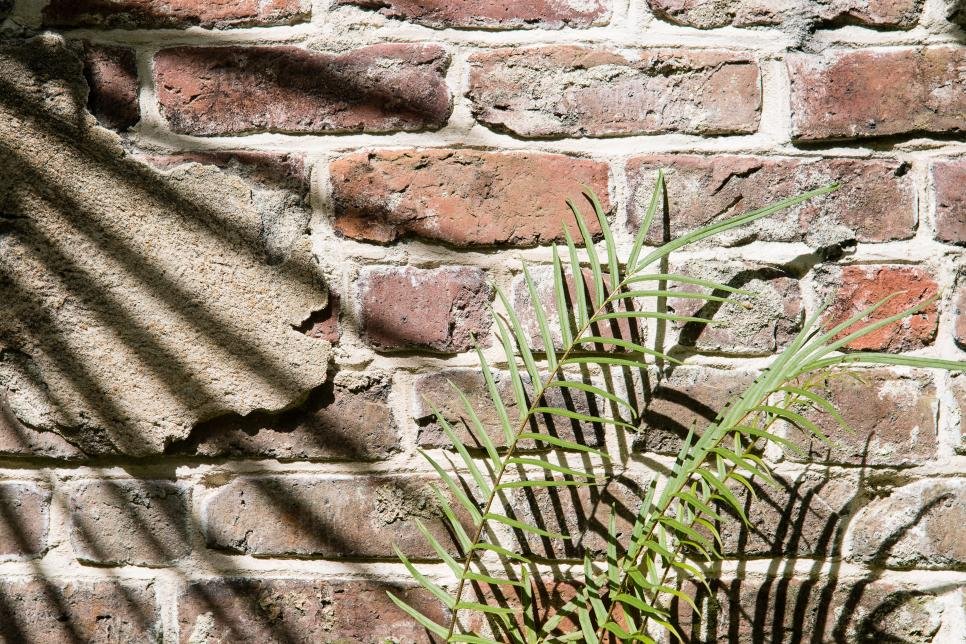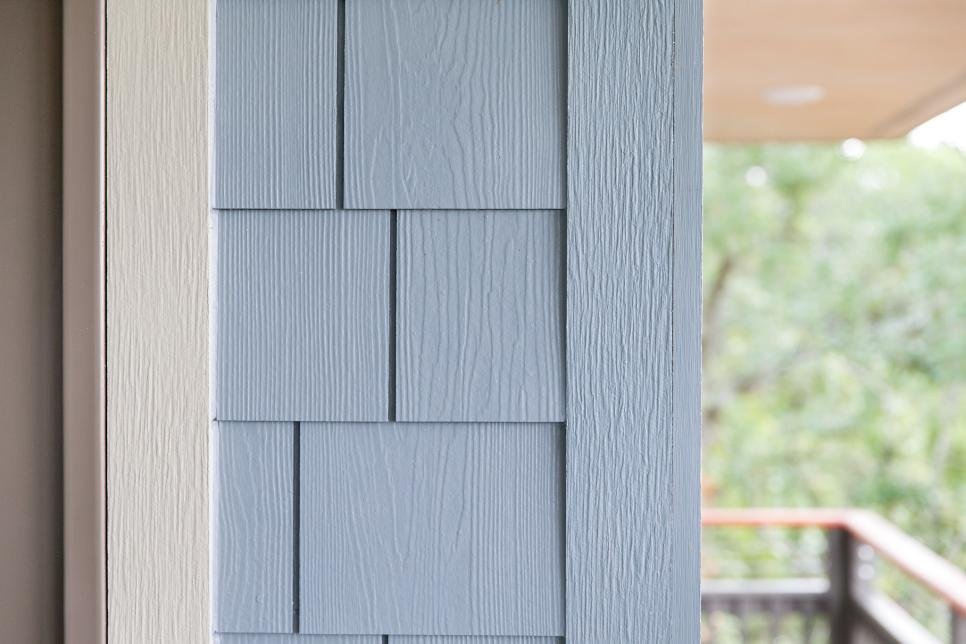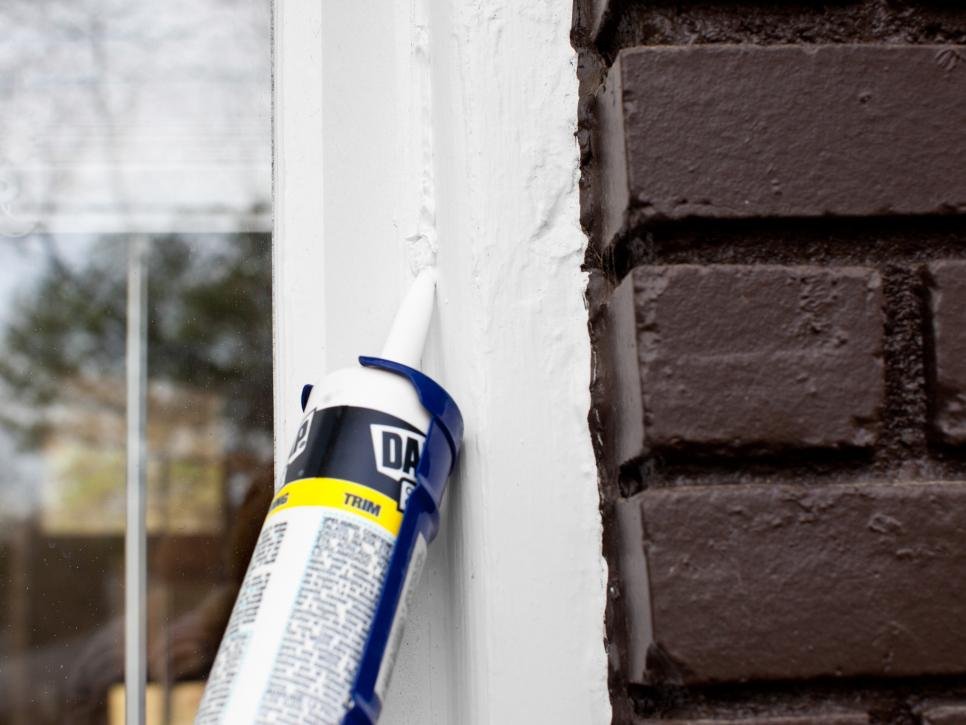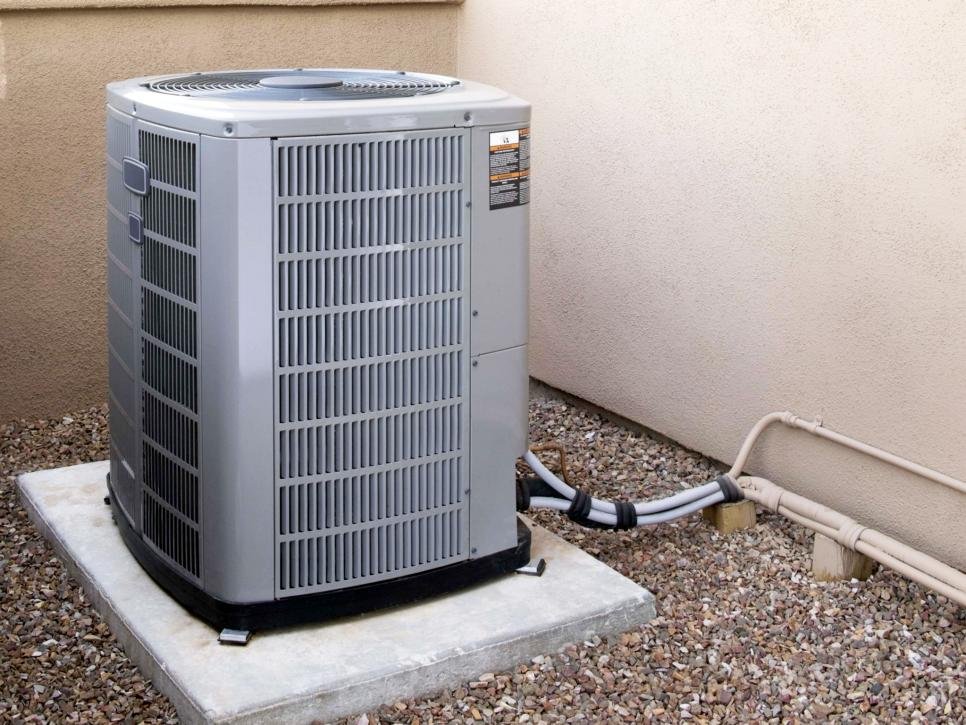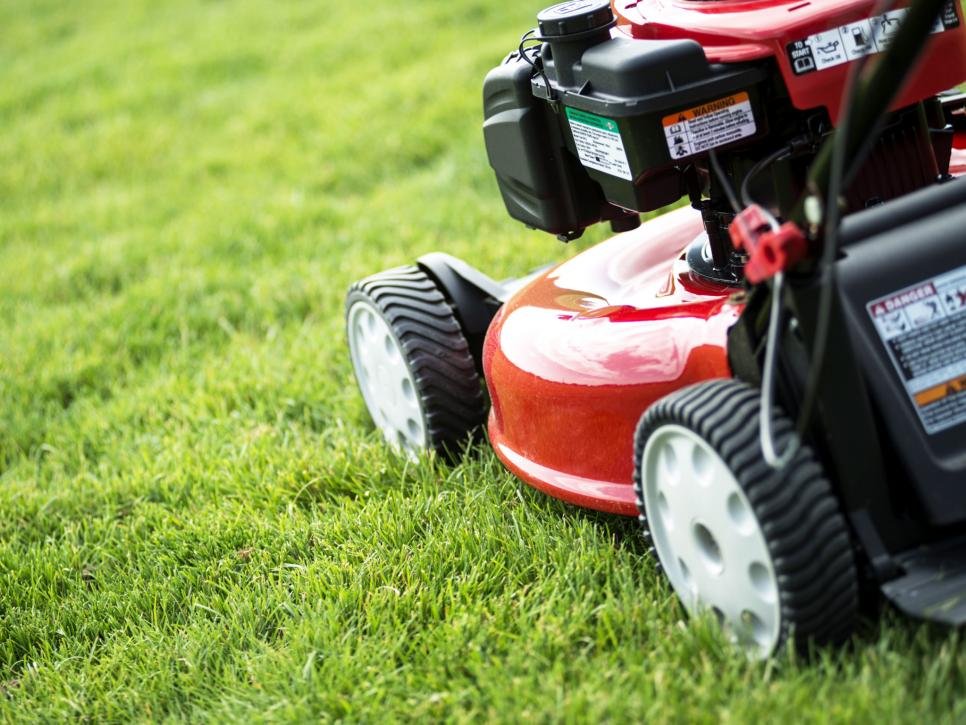Spring is around the corner and these tips can help uphold the value of your home. Check out the 15 home maintenance tips to get your place prepared for the warmer days ahead.
15 Home Maintenance Tips for Spring
After a long, dark winter, spring's bright sun and warm winds are, well, a breath of fresh air. The only downside? All that sunshine spotlights your leaf-filled gutters, cracked sidewalks and the dead plants in last year's flower beds. Follow this checklist to target the areas that need maintenance so you can get your chores done quickly, leaving you time to go outside and play in the sunshine.
Examine Roof Shingles
Examine roof shingles to see if any were lost or damaged during winter, recommends Dwight Barnett, a certified master inspector with the American Society of Home Inspectors. If your home has an older roof covering, you may want to start a budget for replacement. The summer sun can really damage roof shingles. Shingles that are cracked, buckled or loose or are missing granules need to be replaced. Flashing around plumbing vents, skylights and chimneys need to be checked and repaired by a qualified roofer. Download a spring home maintenance checklist.
Probe the Wood Trim
Use a screwdriver to probe the wood trim around windows, doors, railings and decks. Make repairs now before the spring rains do more damage to the exposed wood.
Check the Gutters
Check for loose or leaky gutters. Improper drainage can lead to water in the basement or crawl space. Make sure downspouts drain away from the foundation and are clear and free of debris. Consider installing gutter screens or protectors to help keep debris out of the gutters.
Use Compacted Soil
Low areas in the yard or next to the foundation should be filled with compacted soil. Spring rains can cause yard flooding, which can lead to foundation flooding and damage. Also, when water pools in these low areas in summer, it creates a breeding ground for insects.
Examine the Chimney
Examine the exterior of the chimney for signs of damage. Have the flue cleaned and inspected by a certified chimney sweep.
Check the Attic
Check your attic for proper ventilation and birds’ nests. Look for obstructions over vents, damaged soffit panels, roof flashing leaks and wet spots on insulation. Keeping a good airflow will save you when it comes to cooling costs. When you’re rooting around, wear long sleeves and gloves to protect yourself from insulation.
Inspect the Concrete
Inspect concrete slabs for signs of cracks or movement. All exterior slabs except pool decks should drain away from the home's foundation. Fill cracks with a concrete crack filler or silicone caulk. When weather permits, power-wash and then seal the concrete.
Examine Brickwork and Stucco
Spalling is a chipping or popping away of a brick’s face, leaving the brick’s interior susceptible to moisture and crumbling. Look for this and any deteriorated mortar that typically occurs on older homes. If your brick is plagued with efflorescence, those unsightly white deposits caused by soluble salts left behind during water evaporation, the Brick Industry Association recommends dry brushing in warm, dry weather to remove it. If you discover water penetration in brick, consider sealing the brick with an appropriate sealant.
Replace Rotted Siding or Trim
If any of your trim or siding is has begun to rot or crumble, replace and repaint it. Repainting siding or trim is often more than a one-weekend project. For color consistency, you just can’t just touch it up—you need to paint a whole section.
Move Firewood
Remove firewood stored near the home. Firewood should be stored at least 18 inches off the ground at least 2 feet from the structure.
Check Outside Faucets
Check outside hose faucets for freeze damage. Turn the water on and place your thumb or finger over the opening. If you can stop the flow of water, it is likely the pipe inside the home is damaged and will need to be replaced. While you're at it, check the garden hose for dry rot.
Recaulk Windows and Doors
Inspect and, if necessary, caulk around your home's windows and doors annually. That will help keep out heat and humidity in the summer and cold drafts in the winter—and save money on your utility bills all year round. Open and close all windows as well. Do they all open easily, yet close tightly? If not, check the weather stripping. There are a number of different types to consider.
Repair Window Screens
To fix a small hole in a window or door screen, dab clear household cement over the hole with a toothpick. If the screens are plastic, test the cement on a scrap to make sure it won't melt the material. Use the same technique to repair screen tears. Pull the two halves of the tear together and hold them in place with masking tape on one side. Apply the household cement to the tear, then smooth with a putty knife. When it's dry, gently remove the tape and apply cement to the other side.
Service the AC Unit
Have a qualified heating and cooling contractor clean and service the outside unit of the air conditioning system. Clean coils operate more efficiently, and an annual service call will keep the system working at peak performance levels. Change interior filters on a regular basis.
Check Power Equipment
Check your gas- and battery-powered lawn equipment to make sure it is ready for summer use. Clean equipment and sharp cutting blades will make yardwork easier.



